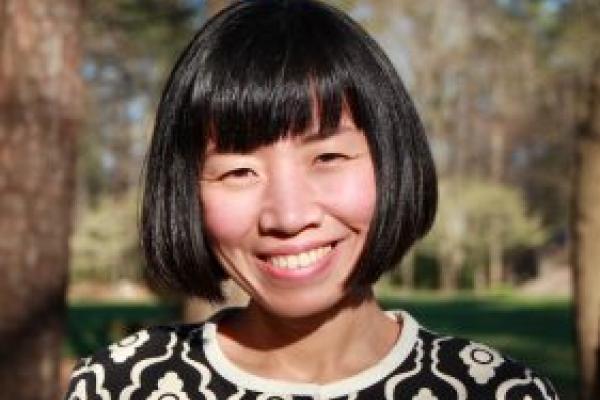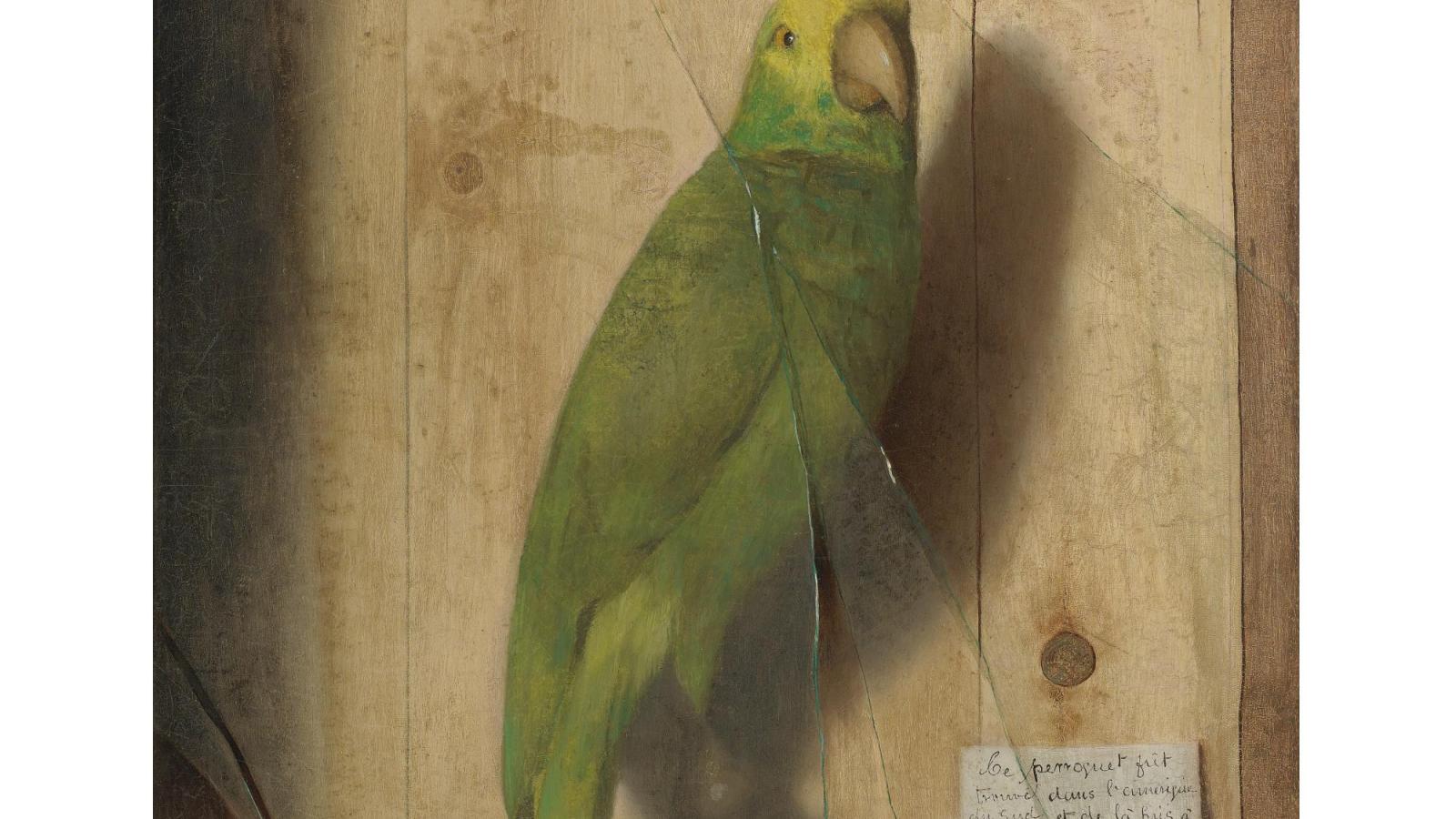
Playing Parrot: Trompe L’oeil and American Empire
When the American trompe l’oeil artist De Scott Evans painted a taxidermy parrot in 1890, he was surely thinking of the circulation of exotic goods made possible by the global reaches of imperialism. But unlike other kinds of foreign cargo moving through colonial networks, the parrot—by virtue of its talents in mimicry—could be imprinted with the history of its own transit. In this lecture on trompe l’oeil’s global goods, Cao will consider how American artists like Evans used this highly illusionistic style—regularly belittled by the gatekeepers of high art as “mere parroting”—to visualize empire building in the late nineteenth century.
Maggie Cao
Maggie Cao is a scholar of American art and material culture. She received her doctorate in art history from Harvard University in 2014 and did postdoctoral work at Columbia University’s Society of Fellows before coming to UNC in 2016.
Her work focuses on the intersections of art with histories of technology, natural science, and economics. She has also written on media theory, material culture, and ecocriticism. Her first book, The End of Landscape in Nineteenth-Century America examines the dissolution of landscape painting as a major cultural project in the late nineteenth-century United States and argues that landscape is the genre through which American artists most urgently sought to come to terms with modernity.
Her newest research project, “New Media in the Age of Sail,” focuses on art forms that emerged in the eighteenth and early nineteenth-century maritime world. These include such media as glass paintings of the China Trade, trompe-l’oeil prints by handwriting masters, and whalers’ scrimshaw. By analyzing these practices as both artistic mediums and communication media, the study reveals them to be producers of economic discourse in a global century, both digesting and remaking the new mercantile connectivity of their time.

